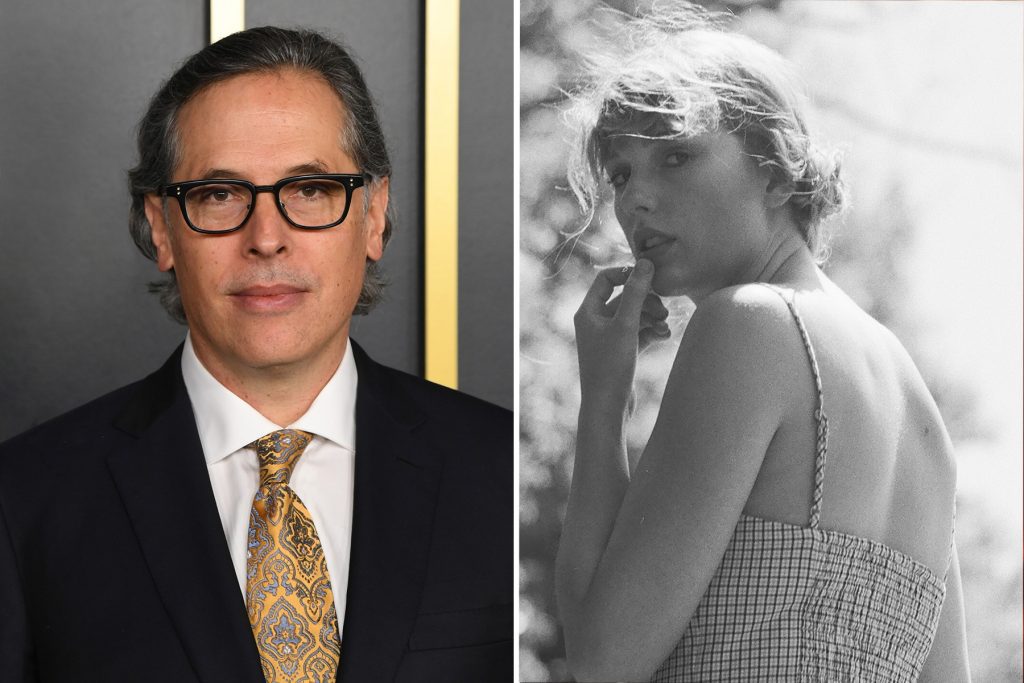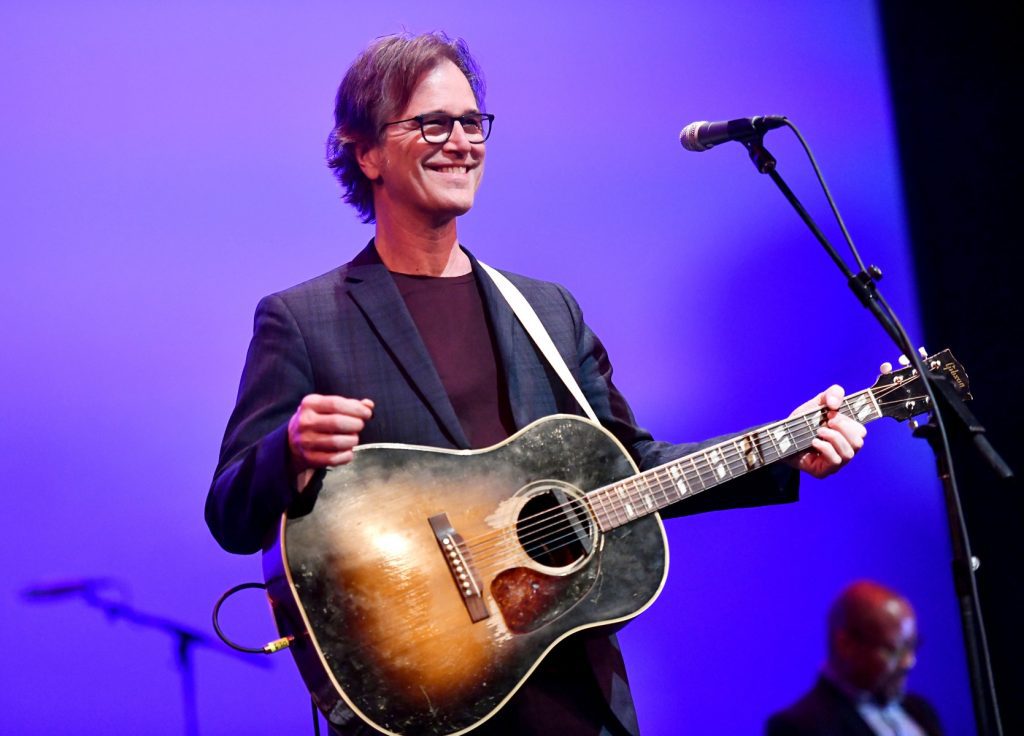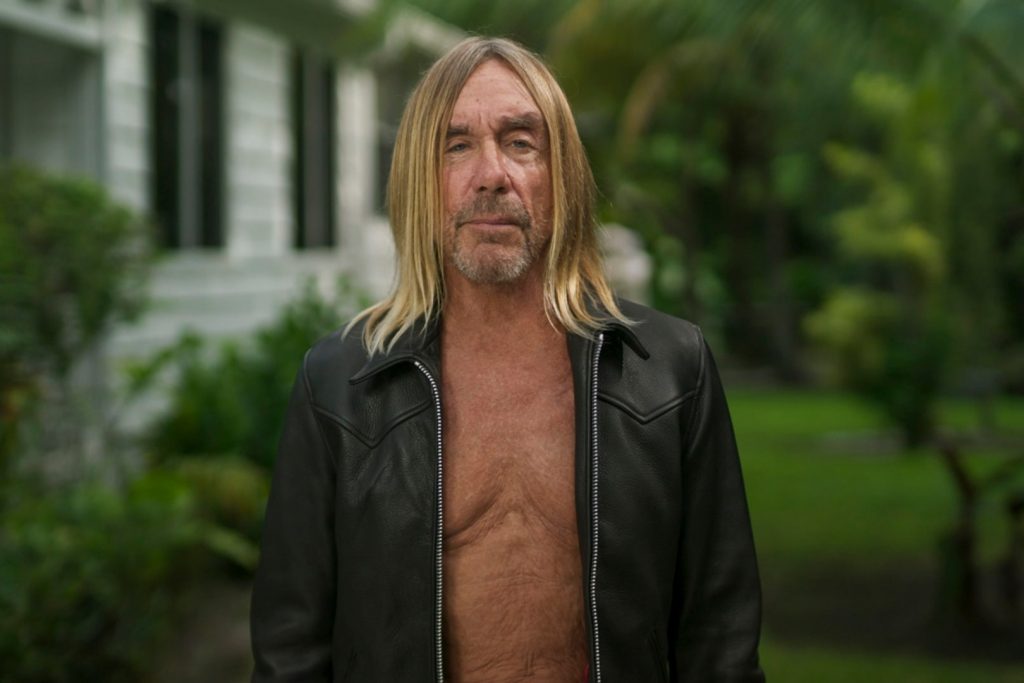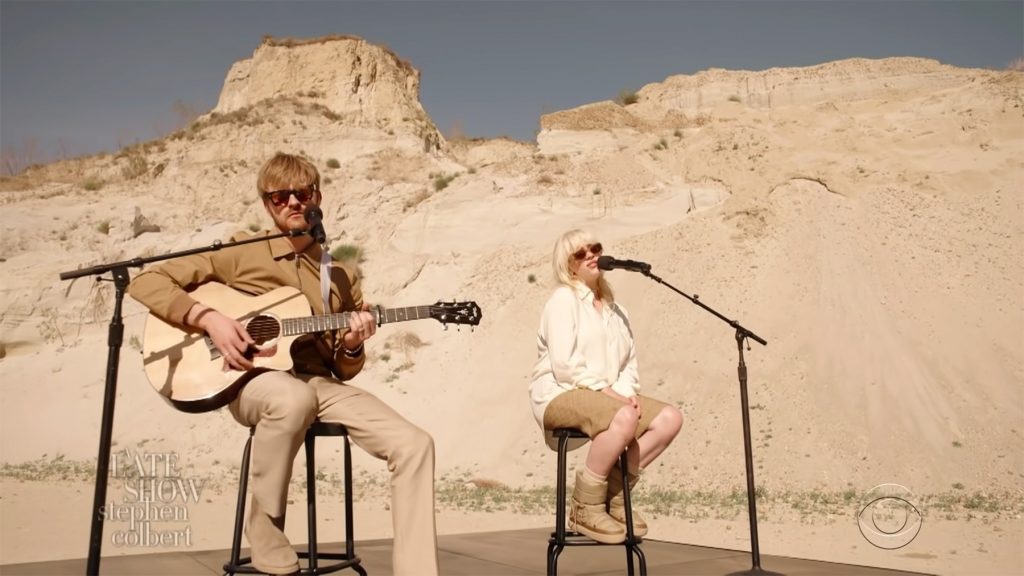
Taylor Swift’s Cinematographer: How We Shot ‘Folklore’ Video During a Pandemic
Rodrigo Prieto is not exactly the guy you call for an easy shoot – whether that’s a four-hour mob epic for Martin Scorsese, a post-9/11 meditation on New York for Spike Lee or a triptych ensemble drama for Alejandro González Iñárritu. More recently, the renowned cinematographer was faced with a challenge of a different kind: taking on his second top-secret music video for Taylor Swift during the height of the COVID-19 pandemic.
Swift unveiled her self-directed “Cardigan” video last Friday alongside Folklore, her indie-rock quarantine opus cobbled together over the past three months. The 16-track record has dominated both physical sales and digital streams, despite largely avoiding the traditional, prolonged album rollout that Swift has codified during her time on the pop charts. As far as promotional singles go, “Cardigan” barely counts, as it premiered on YouTube simultaneously with the album’s release on streaming services; you could choose, as many did, to listen to all of Folklore before ever pressing play on the video.
But rather than feeling tacked on to the project, “Cardigan” acts like Folklore’s plain-spoken thesis statement, depicting Swift on a solo journey through magical forests, stormy seas and candlelit cottages that she conjures up with her own musical capabilities. Like the album, it’s homespun and dreamlike and, in the right light, a little unsettling.
According to Prieto, that all came from Swift on their first phone call. “She had the whole storyline – the whole notion of going into the piano and coming out into the forest, the water, going back into the piano,” he tells IndieLand. Their last collaboration, “The Man,” found Swift adopting a male alter ego to satirize gender inequality. From the beginning, though, Prieto says “Cardigan” was always going to be more ambiguous, and more personal: “When she called me and told me that this was more of a fantasy, I found that really appealing.”
This was in early July, when Prieto had simultaneously begun serving on a committee for the American Society of Cinematographers (ASC) to conceive solutions for safely resuming film production during the ongoing pandemic, all while COVID cases continued to spike upwards in California. Prieto had just finished filming a PSA for a healthcare company when Swift asked him to work on “Cardigan,” and he was well aware of the many, many layers of risks involved in the project.
“We needed to be safe, for her sake and for our sake as a crew during the shoot, but also for the future of filmmaking,” he says. “Because we want to keep working and doing what we do, and if, God forbid, someone got sick on one of the first jobs that was filmed, it would probably close down [the industry].”
The extensive safety protocols for the shoot ranged from standard – everybody had to get tested, and every member of the crew wore a mask – to outlandish: Because Swift would need to spend a large part of the shoot not wearing a face covering, the crew used a colored wristband system, determining which members of the team were permitted to stand closest to her. (Prieto, assistant director Joe Osborne, and set designer Ethan Tobman all wore one color, lighting designers and gaffers wore another, and so on.)
Prieto actually wore two face coverings – a mask and an acrylic shield – for most of the day-and-a-half-long shoot. And just to ensure that crew members crossed within a six-foot range of Swift as little as possible, the entire “Cardigan” video was shot by mounting the camera to a robotic arm, which was then controlled by a remote operator. The “techno arm,” as Prieto calls it, is typically only used in the industry for crane shots and other establishing visuals.
“We were going to use the crane for the ocean scene,” Prieto explains, referencing the shot where the image zooms out on the wide expanse of the water before honing back in on Swift. “So then I said, let’s have it both days.”
Hooking the camera up to a giant robot was the safest way to get close-ups on Swift’s face, Prieto explains. And as unwieldy as that sounds, you’d never know from watching the video that a human being wasn’t behind the lens at all times (In fact, given its success, Prieto is looking into smaller robotic arms that can be used on a dolly for upcoming projects.)
There was, of course, the added tangle of secrecy – the filmmaking had to be done indoors to avoid crowds, and Swift wore an earpiece throughout the shoot to lip-sync to the song without any of the crew hearing it. The crew built three sets on two stages across one large studio, and in order to create the illusion of natural light for the outdoor scenes, Prieto and his crew draped giant stretches of white bouncing fabric on the walls and ceiling. The process took longer than usual due to COVID, with the lighting crew working in small groups and frequently taking breaks so they could remove masks and catch their breath.
“Filmmaking is a gregarious endeavor by nature,” Prieto says. “People are close to each other, so it’s really hard to remember to keep to yourselves.” Given the distancing on set, it was sometimes tricky for crew members to communicate over reference points and documents – “we had to kind of point at each other” – but Prieto attributes Swift’s clear vision for the project as a guiding light. Ahead of the shoot, she sent him and Tobman numerous visual references for each scene – a mix of photographs for the dark ocean water and drawings for the fantastical forest sequence. One illustration, of a sword lodged into a rock formation overlooking a creek, was particularly inspiring: “That became our focal interest – we didn’t imitate it, but the feeling of it was what we went with.”
On top of that, Swift came up with a detailed shot list for the video ahead of time, with each visual accompanied by a time sequence within the song. “The ocean water, the fingers on the piano, whatever it may be, she knew what she wanted for each section,” Prieto says. Unlike with “The Man,” Swift couldn’t be as hands-on with her direction on set – she viewed each take through a video monitor after it was shot – but Prieto was impressed by her ability to “talk with the camera” and utilize cinematic language without formal training, like with the unorthodox, zoom-out-and-in shot over the ocean. “I was blown away, because it’s all metaphorical,” he says. “This video is not just pretty images of things; she’s telling a personal story through her lyrics, her music, and now through the video.”
Even with the “Cardigan” safety innovations, film and television production during COVID will still have limitations for some time – actors can’t interact with each other without masks, and Prieto doesn’t see any “normal” shooting schedule resuming until there’s a vaccine. But what were once deemed standard practices and attitudes towards illness in the industry now seem reckless in the wake of the pandemic. In the end, that may be a good thing.
“It used to be if you thought you had a cold, or even the flu, you’d go to work,” he says. “People would come in with pretty bad coughs and keep working. I would get sick, and during shooting I would be told, ‘If you have to leave, you can leave,’ but I thought, how am I gonna leave? If I leave, the set stops. I would just continue. So hopefully there’ll be a little more consciousness of health in filmmaking. Hopefully, that’ll be a good consequence of all this.”




